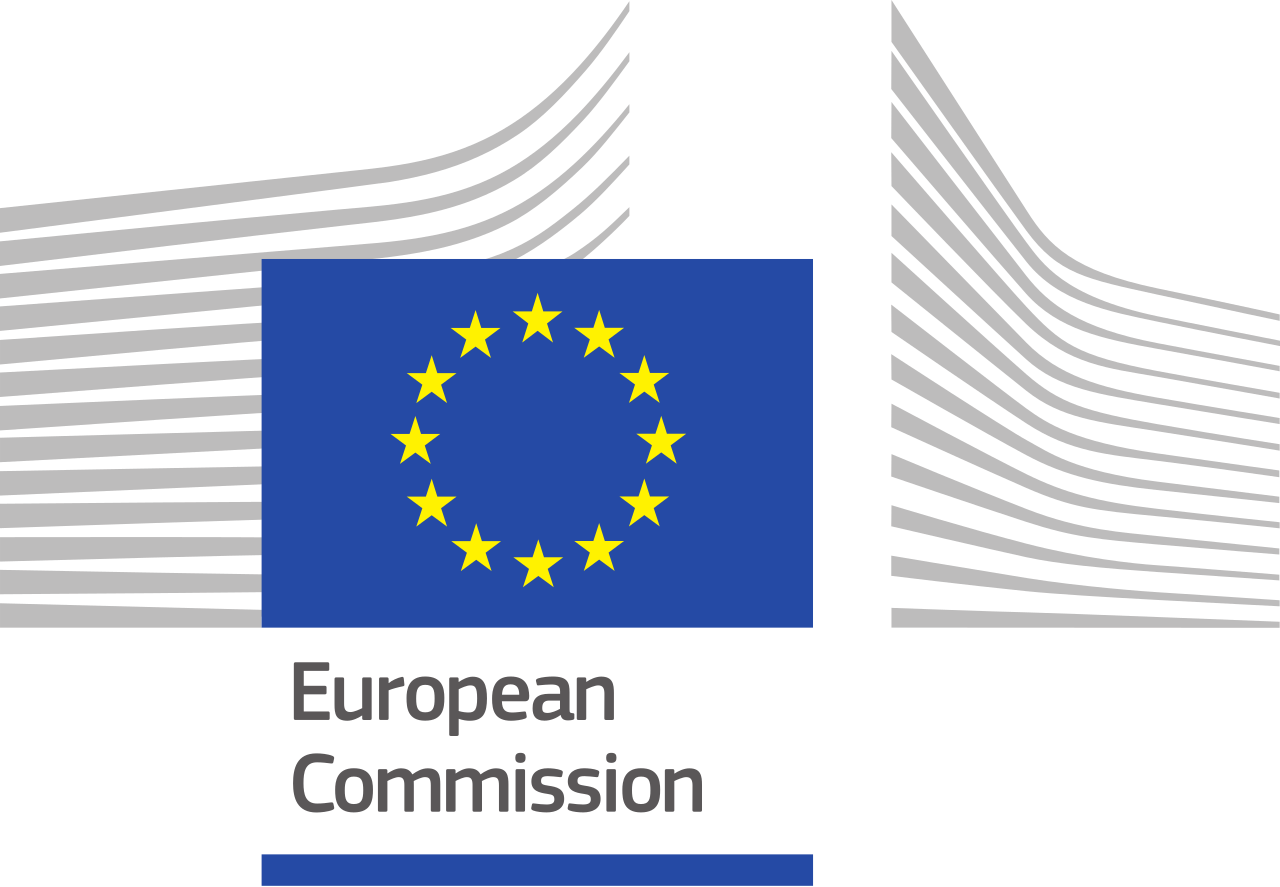Intro
The EU Emissions Trading System (EU ETS) is a key instrument in the fight against climate change in Europe. It aims to reduce emissions in the most cost-effective manner by creating a carbon market. It is the world’s first major carbon market and remains the biggest. The EU ETS is a ‘cap and trade system’, whereby a cap (i.e. a determined quantity of emission allowances) is set on emissions form large stationary installations including power plants and carbon-intensive industries, flights within the European Economic Area and, since 2024, international shipping. The cap decreases annually to achieve emission reductions over time. Regulated entities can trade emission allowances with one another, which ensures that emission reductions take place where it costs least. The EU ETS is covering the 27 Member States of the EU (EU-27) plus Norway, Iceland, Liechtenstein and the power sector in Northern Ireland.
What the data are telling us
- Since the start of the EU ETS in 2005, emissions from stationary installations have decreased by 51 %, mostly in the power sector.
- The main drivers behind this reduction have been the increasing carbon price, fuel switching from coal to less carbon-intensive energy sources and the increased renewable energy use. Other contributing factors were economic downturns, changing fuel prices and energy savings.
Compared to 2023, data for 2024 show a decrease of 7% in emissions from stationary installations.
Emissions from aviation under the EU ETS have been increasing continuously, with the exception of 2020. They are expected to continue to rise in the future unless decisive measures are taken.
Projections estimate that greenhouse gas (GHG) emissions under the ETS will continue to decrease in the coming decades. However, the projected rate is insufficient to achieve climate neutrality by 2050.
For more information, check the EEA’s data viewer on ETS emissions and allowances and the European Commission’s website on the EU ETS.

